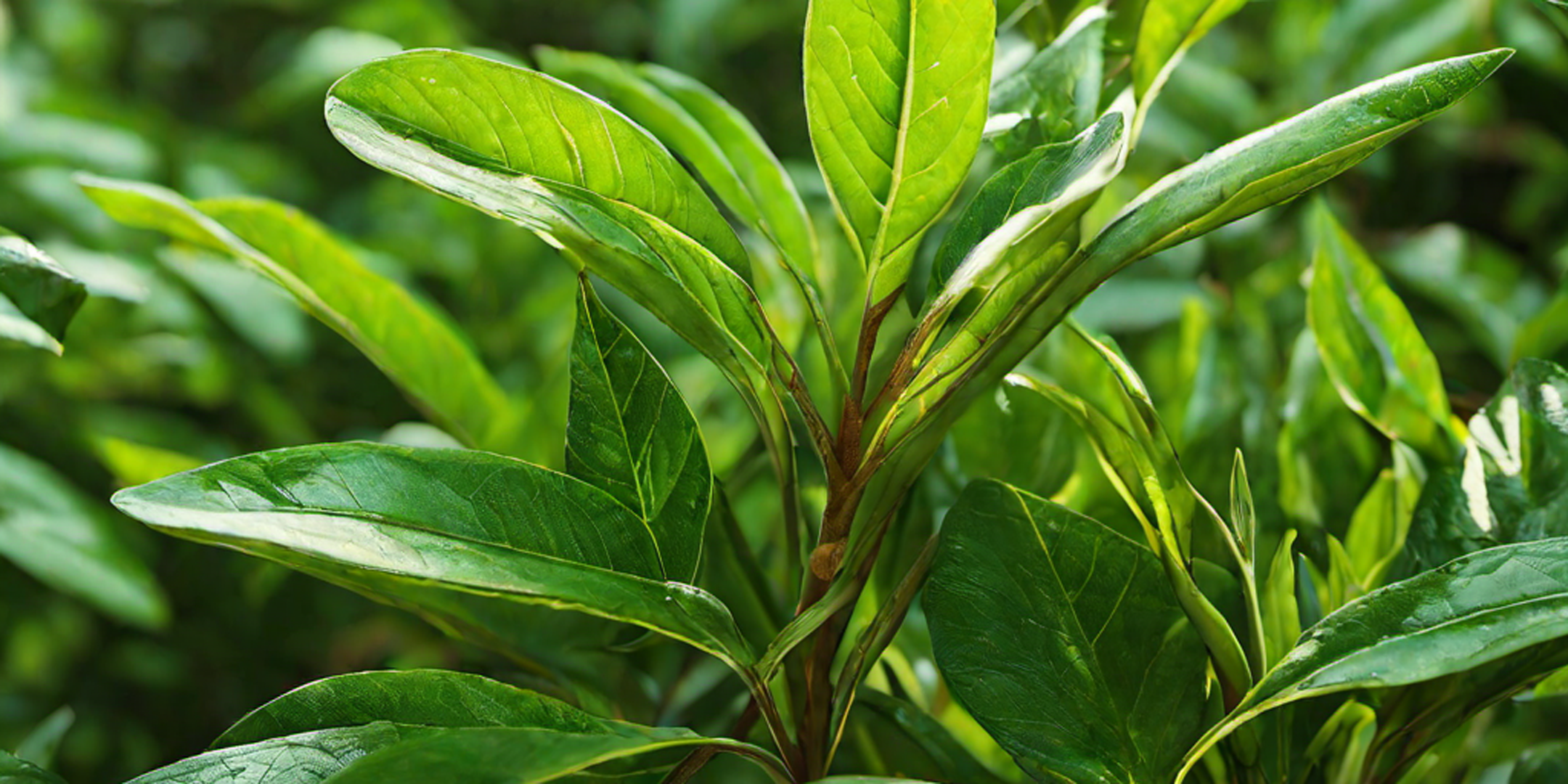Tea is one of the most loved beverages in the world, and its journey from the plant to the cup depends heavily on nature. Among all the natural elements, rain plays a crucial role in the healthy growth of tea plants. From nourishing the roots to affecting the quality of tea leaves, rainfall is essential for a successful tea harvest.
In this blog, we will explore how rain influences tea growth, what happens when there is too much or too little rain, and why balanced rainfall is key to producing the best tea.
Why is Rain Important for Tea Plants?
Tea plants (Camellia sinensis) require plenty of water to grow, and rain provides the perfect natural irrigation. Rainwater helps in:
🌱 Hydrating the Soil – Water from rainfall reaches deep into the soil, ensuring that the tea plant’s roots stay moist and well-nourished.
🌱 Nutrient Absorption – Rainwater carries essential minerals from the soil to the plant, helping it grow strong and healthy.
🌱 Leaf Development – Regular rainfall promotes the growth of fresh, tender tea leaves, which are essential for producing high-quality tea.
🌱 Regulating Temperature – In warm climates, rainfall cools down the tea gardens, preventing excessive heat stress on the plants.
Without sufficient rain, tea plants struggle to grow, and the quantity and quality of tea production decrease.
How Much Rainfall Does Tea Need?
The amount of rain a tea plant needs depends on the region and climate, but generally, tea grows best in areas that receive:
☔ 1200 mm to 2500 mm of rainfall per year
☔ Evenly distributed rainfall throughout the year
☔ Regular light showers rather than heavy storms
Some of the best tea-growing regions, like Assam, Darjeeling, Sri Lanka, and China, receive the perfect amount of rainfall, making them ideal for tea cultivation.
What Happens if There is Too Little Rain?
If tea plants do not receive enough rain, they suffer from drought stress, which can cause:
🚫 Dry and Weak Leaves – Without enough water, tea leaves become dry, brittle, and lose their flavor.
🚫 Slow Growth – The plant struggles to grow new shoots, leading to lower tea production.
🚫 Poor Quality Tea – Tea produced in dry conditions may taste bitter and lack the freshness that comes from well-hydrated leaves.
🚫 Increased Pests and Diseases – Dry conditions can make tea plants weak and more vulnerable to pests.
To prevent this, tea farmers often use irrigation systems to provide water when rainfall is low.
What Happens if There is Too Much Rain?
While tea plants need rain, excessive rainfall can also be a problem. Too much rain can lead to:
🌊 Waterlogging – If the soil remains soaked for too long, tea plant roots can rot.
🌊 Nutrient Loss – Heavy rains can wash away important nutrients from the soil, making it difficult for the plants to grow.
🌊 Fungal Diseases – Constant moisture can lead to fungal infections, affecting tea leaves.
🌊 Poor Leaf Quality – If it rains too much during the plucking season, tea leaves may absorb too much water, resulting in weaker flavors.
To control this, tea estates use good drainage systems to remove excess water and prevent root damage.
The Perfect Balance: How Rain Shapes Tea Quality
For the best tea production, rainfall must be neither too little nor too much. Well-balanced rain:
✅ Encourages Fresh Growth – Regular showers help new leaves sprout, ensuring a continuous harvest.
✅ Enhances Flavor – A proper mix of sun and rain creates the perfect chemical composition in tea leaves, making the tea taste richer.
✅ Increases Yield – More healthy leaves mean higher tea production.
This is why the best teas in the world come from regions with ideal rainfall conditions, such as Assam, Darjeeling, and Nilgiri in India.
Conclusion
Rain is a lifeline for tea plants. It provides water, supports nutrient absorption, and helps develop fresh, flavorful tea leaves. However, both too much and too little rain can harm tea production. This is why balanced rainfall is essential for growing high-quality tea.
Tea lovers often don’t realize that every sip of tea carries the essence of nature, and rain plays a hidden but vital role in bringing that perfect cup of tea to life. So, the next time you enjoy your favorite tea, remember that it’s not just the soil and the farmers who nurture it—it’s also the gift of rain.




